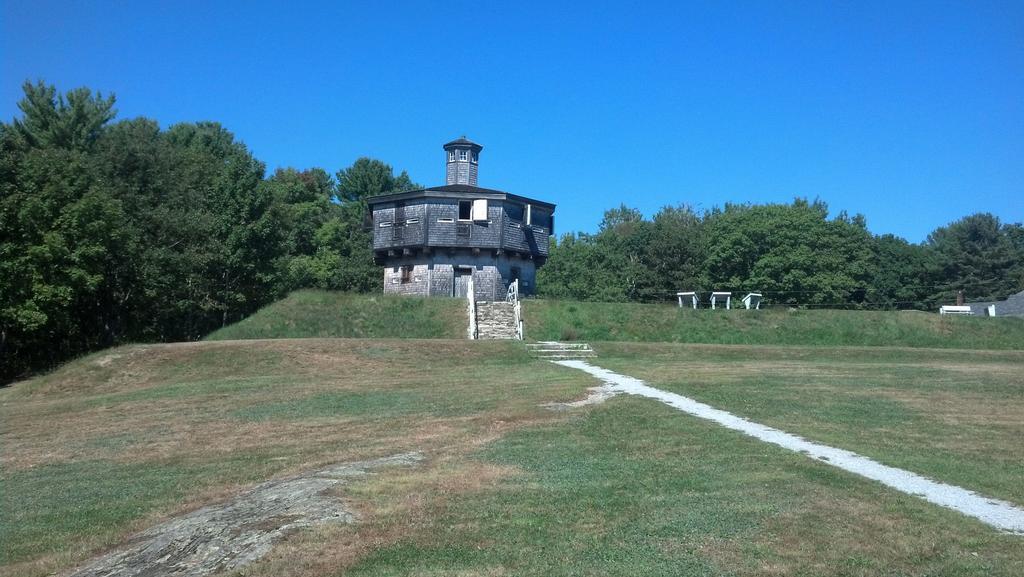The War of 1812
In 1814, the country was wrapped in the grips of a confusing war with Great Britain. Although the southern and mid-Atlantic states supported the war, the New England states felt that the war was against their best interests. Political and economic interests pulled New England into a semi-neutral position during the war. The British recognized this and refrained from severe action against New England for the first few years of the war.
However, with the end of the incredibly taxing Napoleonic Wars in 1814, Britain moved to crush the American problem for once and for all. They aimed several offensives meant to divide the nation and bring it to the bargaining table. One of these was meant to seize all of the District of Maine and turn it into a colony called “New Ireland.” All through the summer of 1814, British ships patrolled the Maine coastline and sent landing parties ashore to harass the local communities. Militia alarms were common all summer long. Several British incursions near Wiscasset were deterred by prompt militia response.

British Invasion of Maine
Over 6,000 British troops assembled at Halifax, Nova Scotia in the spring of 1814 under Lieutenant General Sir John Sherbrooke. They departed Halifax accompanied by several ships of the line and struck Castine on September 1. The small militia and Regular contingent fired one volley from their cannon and retreated.
Two days later, a force of about 750 redcoats met the defending militia outside Hampden. In the early morning fog, militia and U.S. Navy cannons began to pound the approaching British column. However, the British were veterans of the Napoleonic campaigns and formed line to charge the militia. The militia barely got off a shot before the redcoats swarmed out of the mist, bayonets glistening. This was too much for the untrained and untried militia and they fled. Bangor was taken the same day and effective opposition to the British in northern and central Maine ceased.
The citizens of southern Maine appealed to the government of Massachusetts for aid, as Maine was still part of Massachusetts. The federal government also ordered Massachusetts Governor Caleb Strong to send troops to defend Maine. Governor Strong declined, as his politics differed from those of President Madison. He would leave Maine to the British. This understandably outraged the citizens of Maine, who rallied their own militia for their defense.
The commander of the militia, General Alfond Richardson, began preparations for the defense of Portland in defiance of Governor Strong’s orders, stating that even though he was only an officer of the militia, he was still a Soldier of the United States and was bound under the Constitution to protect those under him. Forts Scammel and Preble were both manned with 200 troops and the batteries on those islands were reinforced. In addition, batteries and redoubts were built on the western side of town to protect from an invasion overland. The Portland Light Infantry Company - founded in 1804, and in service today as the Forward Support Company, 133rd Engineer Battalion - manned the forts in the harbor from September through October.
Due to the actions of Major General Richardson and the Soldiers of the Maine Divisions of Militia, the British decided that the fortifications around Portland were too strong and cancelled the attack. However, the implications of this event carried over into the political realm. The District of Maine, which had been dissatisfied with the government of Massachusetts since its annexation in the 1600s, now had enough with being a part of a state that would abandon it to the British. The actions of Major General Richardson propelled the push for Maine’s statehood, which would occur six years later in 1820.
Maine campaign credit in the War of 1812 includes Massachusetts 1813 and Massachusetts 1814. Units with campaign streamers from the War of 1812: 133rd Engineer Battalion and the 251st Engineer Company.
Read more:here: Great Consternation and Alarm